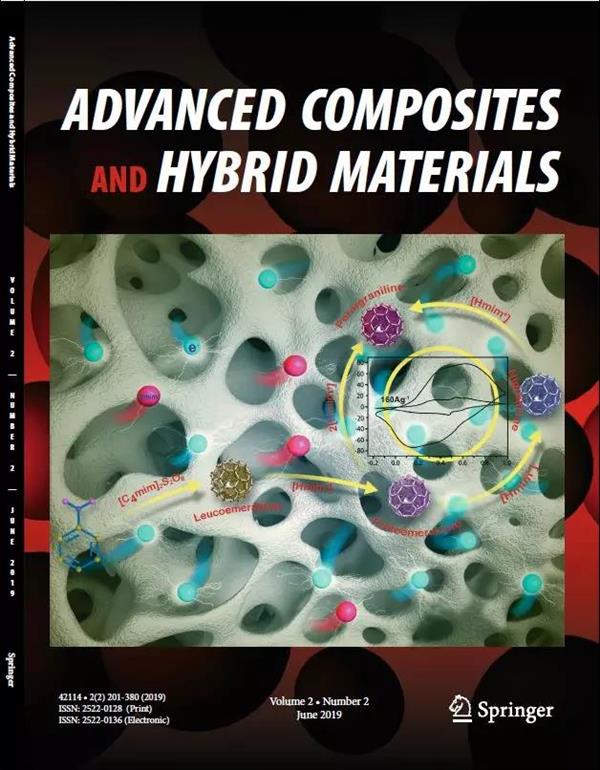Cleaner production of liquefied biomass-based phenol–formaldehyde resin with improved properties via catalyzed copolymerization
Abstract
Phenol–formaldehyde or phenolic resin represents a high-quality adhesive material that is commonly used in the manufacturing industry. However, the use of this resin involves high curing temperature and demonstrates a low curing rate and over-reliance on toxic petroleum-based substances as a precursor material for its preparation. Hence, environmental-friendly phenol–formaldehyde resins with a fast curing rate and low curing temperature are highly desired. For the first time, this paper reports the use of liquefied acorn shells to prepare phenol–formaldehyde resins (termed “APF”) under various metal catalysts. It was found that the metal catalysts could promote the formation of a high-ortho structure in the resulted resins which subsequently improved the copolymerization reaction between phenol, phenolic compounds of acorn shell, and formaldehyde. The weight loss of the APF resins was lower than that of the unmodified phenol–formaldehyde resin, thus indicating its high thermal stability. The bonding strength of APF resins produced with 40 wt% of acorn shell is more than 0.7 MPa which qualified for use in the production of exterior-grade plywood panels. The catalyzed APF resins also showed low curing temperature (< 145 °C) and rapid curing (< 22 min) features. Overall, the findings suggest that the liquefied acorn shell represents a promising material to synthesize biomass-based phenol–formaldehyde resin with desirable features.
Graphical abstract

 求助内容:
求助内容: 应助结果提醒方式:
应助结果提醒方式:


